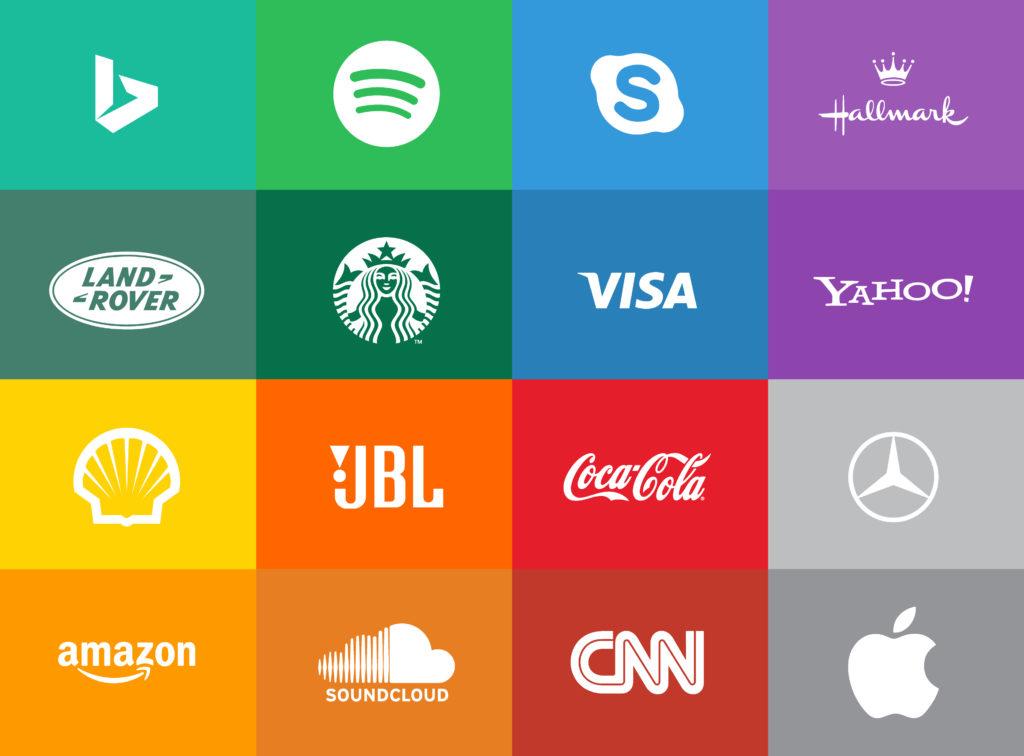Color isn’t just about making something “look good” — it’s a strategic tool that speaks directly to emotions, perceptions, and decisions. In branding, color theory helps businesses create instant connections, build memorable identities, and influence how audiences perceive their products or services. Understanding and applying color theory effectively can make the difference between a brand that blends in and one that stands out.
1. First Impressions Are Often Color-Driven
Studies suggest that up to 90% of snap judgments about products are based on color alone. The right color choice can immediately communicate a brand’s personality — whether it’s trustworthiness (blue), excitement (red), sophistication (black), or creativity (purple).
2. Colors Evoke Emotions
Different colors trigger different emotional responses:
- Red: Passion, urgency, energy (often used in sales and food brands).
- Blue: Trust, security, calmness (popular in banking and tech industries).
- Yellow: Optimism, warmth, attention (used to evoke cheerfulness and grab attention).
- Green: Growth, health, tranquility (common in eco-friendly and wellness brands).
- Black: Luxury, elegance, power (a favorite in high-end fashion and automotive industries).
- Purple: Creativity, royalty, wisdom (popular among premium and imaginative brands).
3. Cultural Context Matters
Colors carry different meanings across cultures. For example, white symbolizes purity in Western cultures but mourning in some Eastern traditions. Global brands must navigate these nuances carefully to ensure their color choices resonate positively in different markets.
4. Consistency Builds Recognition
Brands that consistently apply their color palette across all touchpoints — from logos to packaging to websites — create stronger brand recognition. Think of Coca-Cola’s red, Tiffany & Co.’s robin’s egg blue, or McDonald’s golden arches. Consistency turns color into a powerful branding asset.
5. The Role of Color in Website Design
In today’s digital-first world, a brand’s website often delivers the first real interaction with customers. Here, color plays an even more critical role:
- Navigation: Clear color contrasts improve user experience and guide visitors effortlessly.
- Emotion and Mood: Colors set the emotional tone for the digital space — whether it’s a calming spa website in soft blues and greens or an energetic e-commerce site in vibrant reds and oranges.
- Call-to-Actions (CTAs): Bold, contrasting colors can highlight action points like “Buy Now” or “Get in Touch” buttons, boosting conversion rates.
- Brand Alignment: The website’s color palette must mirror the brand identity, delivering a seamless and memorable experience.
Partnering with Bullseye – best web design company in UAE, ensures your digital presence leverages the power of color to engage, inspire, and convert your audience.
6. Contrast and Accessibility
Good color theory isn’t just about picking beautiful colors; it’s about ensuring accessibility and clarity. High contrast improves readability and user experience, making sure the brand communicates effectively with everyone, including those with visual impairments.
7. Color Combinations Tell a Story
It’s not just individual colors — how they’re combined also matters. Analogous schemes (colors close together on the wheel) create harmony and calm, while complementary schemes (opposite colors) bring energy and vibrancy. Smart brands use combinations to amplify their message across platforms.
8. Color Evolution Reflects Brand Growth
Brands sometimes refresh or evolve their color schemes to stay relevant or reflect a new direction. For example, Instagram’s shift from a skeuomorphic camera icon to a vibrant gradient signaled a broader, creative community focus. Thoughtful evolution keeps a brand fresh while honoring its roots.
In Summary
Color theory is a silent, powerful partner in branding. It’s not just about aesthetics — it’s a direct pathway to emotional connection, brand recall, and market leadership. Every hue, tint, and tone should be chosen with strategy, culture, audience psychology, and digital experiences in mind.
If you want your brand to stand out, inspire loyalty, and drive engagement, you need a partner who understands the true power of color.
At Bullseye, we combine cutting-edge branding strategy with high-impact web design to help businesses transform their brand presence — online and beyond.




